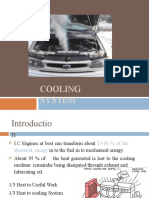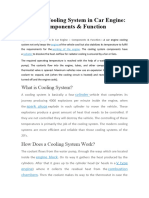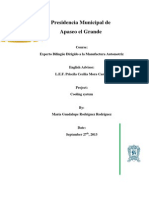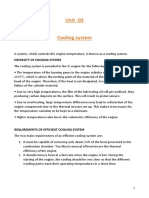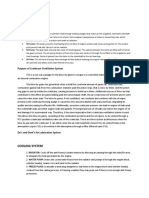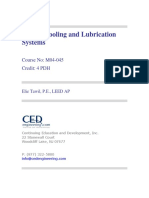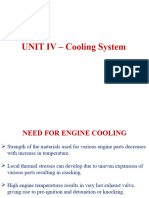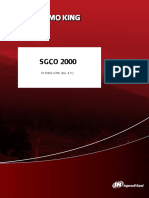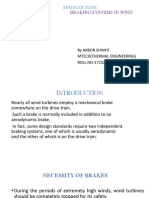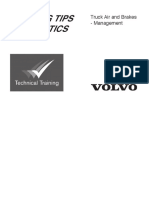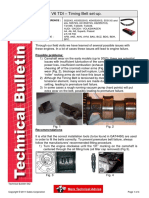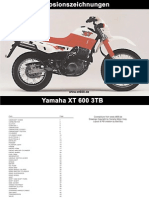0% found this document useful (0 votes)
123 views52 pagesCooling System: Prepared By: Glen Abegan
The document discusses the components and functions of an automobile cooling system and air induction/exhaust system. It describes how a cooling system uses liquid circulation to remove excess heat from the engine and maintain optimal operating temperatures. Key components include the radiator, water pump, thermostat and hoses. It also explains the four-stroke engine cycle and describes intake, compression, power and exhaust strokes. The document compares naturally aspirated, turbocharged and turbocharged with aftercooler systems.
Uploaded by
Jade AbeganCopyright
© © All Rights Reserved
We take content rights seriously. If you suspect this is your content, claim it here.
Available Formats
Download as PPTX, PDF, TXT or read online on Scribd
0% found this document useful (0 votes)
123 views52 pagesCooling System: Prepared By: Glen Abegan
The document discusses the components and functions of an automobile cooling system and air induction/exhaust system. It describes how a cooling system uses liquid circulation to remove excess heat from the engine and maintain optimal operating temperatures. Key components include the radiator, water pump, thermostat and hoses. It also explains the four-stroke engine cycle and describes intake, compression, power and exhaust strokes. The document compares naturally aspirated, turbocharged and turbocharged with aftercooler systems.
Uploaded by
Jade AbeganCopyright
© © All Rights Reserved
We take content rights seriously. If you suspect this is your content, claim it here.
Available Formats
Download as PPTX, PDF, TXT or read online on Scribd
/ 52













